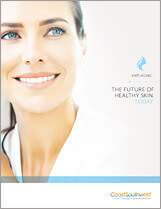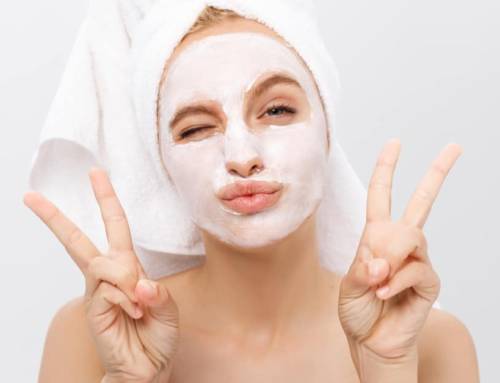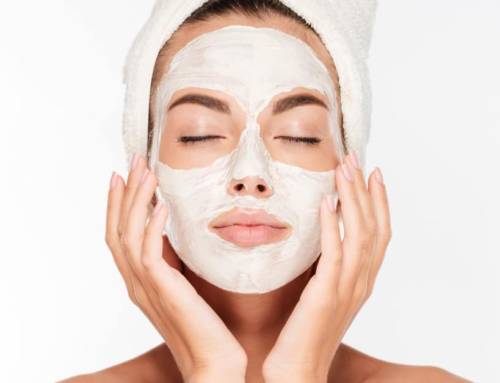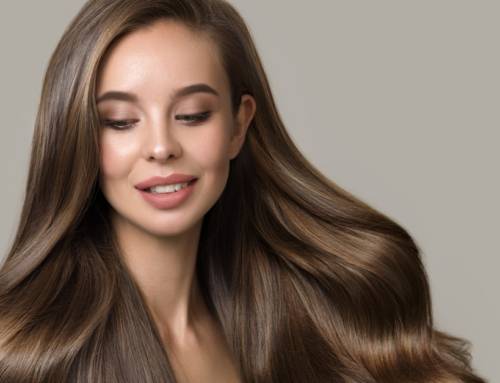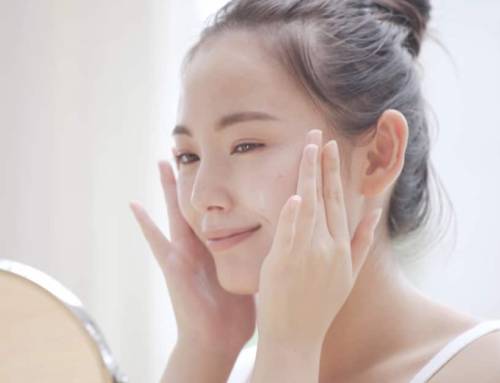Debunking 5 Scary Skincare Claims

With misinformation shared via social networks, scare-mongering marketing campaigns, and incorrect or misstated health risks attributed to skincare products, many consumers are now downright terrified of “not-natural” skincare products. However, many of these scary skincare claims are simply predatory.
“I don’t think there’s any validity to most of what they say,” consumer expert Lisa Lee Freeman said of fear-mongering skincare company claims. “It’s taking advantage of people’s desire to have better products.”
Read on for the top 5 scary skincare claims – and their debunking!
Claim #1: “Chemical free” is better
A chemical is any substance consisting of matter, be it liquid, gas, or a solid. Essentially, everything is a chemical, including skincare products. However, with the rise of chemophobia, or the prejudice or fear of chemicals, many consumers are now terrified at the thought of any chemical in or around their skincare product – even though a “chemical free” skincare product is simply impossible.
“Everything is a chemical, except stuff like electricity. Plants, animals, people, synthetic detergents… they are all made up of chemicals. Marketers use the term ‘chemical-free’ to mean a wide variety of things, such as paraben-free, sulfate-free or petrochemical-free. But all products are made up of chemicals. It’s a disingenuous, misleading claim,” cosmetic chemist Perry Romanowski told Fashionista.
Bottom line? All skincare products are made up of chemicals – regardless of any bogus “chemical-free” claims.
Claim #2: 60% of skincare products absorb into and accumulate in the body
Attributed to viral sharing amongst natural, holistic, and crunchier circles on the Internet, this piece of misinformation has scared consumers into believing that more than half of any topically applied skincare product will sink directly into their skin – and then accumulate in their body. As the (mis)belief goes, this absorption of skincare product then provokes a variety of negative issues like allergic reactions, inflammation, or even disease.
But, this 60% absorption claim is simply not true.
“It’s a scientific misstatement. Nobody that knows anything about absorption of any kind of chemicals through the skin would say that 60 percent would get through the skin,” Curt Klaassen, former president of the Society of Toxicology and chair of Pharmacology, Toxicology and Therapeutics at the Kansas University Medical Center told USA Today. “What would happen if we take a shower, if 60 percent of water went through the skin? We’d never take a shower again…Just because you find it in the body, does not mean that it has accumulated over a long period of time.”
Bottom line? The skin is the body’s natural barrier against absorbing environmental stressors like toxins, dirt, and bacteria. And while the skin does absorb some of a skincare product, it does not typically absorb 60%.
Claim #3: The “preservative-free” claim
Preservatives are vital to skincare formulations for a variety of reasons. First and foremost, preservatives inhibit mold, bacteria, fungi, and other microbial growth in skincare products. Additionally, preservatives extend the shelf life of an opened beauty product, and maintain a product’s structure, smell, and integrity.
“I worry about a lot of those products that say [they’re] preservative-free...”
Bruce Akers
Cosmetic Chemist
However, thanks to fear-mongering about chemicals and preservatives, many consumers are now afraid of these helpful substances in their skincare products. But, that’s a big problem for consumer health and safety.
“I worry about a lot of those products that say [they’re] preservative-free,” cosmetic chemist Bruce Akers told Well + Good. “If it’s oil-based that’s fine, but if it’s water-based it’s made by someone who’s either lying or doesn’t have the knowledge needed to describe what’s happening.”
Bottom line? Preservatives are needed for safe formulations – and manufacturers and consumers alike should not fear the listing of common preservatives on a product label.
Claim #4: E.U. products are safer
Another all-too-common scary skincare claim is that E.U products are safer, as the European Union has banned close to 1,400 chemicals in their personal care products. The (false) translation that consumers get from this statistic? U.S. products are less safe for consumers, because U.S. products have more chemicals.
But in actuality, this claim is very misleading to consumers.
“The way their chemical regulation works, when things hit a certain list they are banned in cosmetics. That doesn’t mean they were ever used or ever considered or even appropriate for cosmetics, like industrial byproducts and jet fuel,” Linda Loretz, chief toxicologist at the Personal Care Products Council said. “That’s why the number is so very, very high.”
Bottom line? Product safety is not determined by the country of origin.
Claim #5: The “26 seconds to absorb” myth
Finally, one of the most common – and most fear-inducing –skincare myths of today is that skincare products are absorbed into the bloodstream in 26 seconds.
Similar to the 60% absorption myth, this piece of misinformation has consumers around the globe terrified about the absorption of “harmful” chemicals into their bloodstream after smoothing on a lotion or using a bar of soap.
However, the 26 second myth just isn’t true. First, there are many product-specific variables that affect absorption rate of a topically applied product, including “molecule size, whether the product contains penetration enhancer ingredients, the skin’s integrity, hydration, relative humidity, to name a few.”
Additionally, the skin’s natural structure, of epidermis, the dermis, and the hypodermis, intrinsically prevents the absorption of many chemicals. Each of these three layers is made up of many more layers, each with multiple cellular barriers that prevent chemical penetration into the bloodstream.
Bottom line? “Any chemical that’s going to make it from outside of our bodies all the way into our bloodstream has a long way to go. It’s going to be a brutal adventure en-route and many will not survive,” writes Lorraine Dallmeir.


